British Heritage at the 2015 Amelia Island Concours d’Elegance
Having just finished a massive gallery for Supercars.net, I have picked out some great British Cars from last month’s Amelia Island Concours d’Elegance. Some of the best cars came to celebrate Sir Stirling Moss including the 1955 Mercedes-Benz 300 SLR he used to win that year’s Mille Miglia.
If you would like to see more I highly recommend all 1300 images on my other website: http://www.supercars.net/news/2015_Amelia_Island_Concours_Mega_Gallery.html
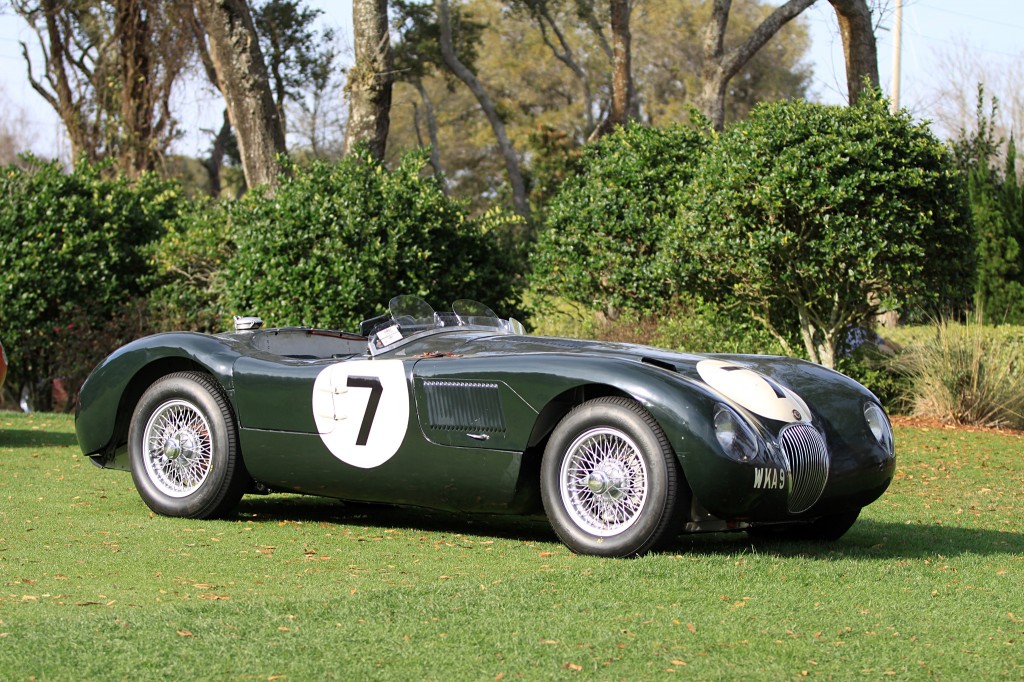
XKC 053 has had an outstanding 1 racing career. At the end of 1953, the factory sold it to David Murrays famous Ecurie Ecosse. They entered the car in several events in and around England and Scotland. It remains the only lightweight C-Type still retaining its original bodywork.
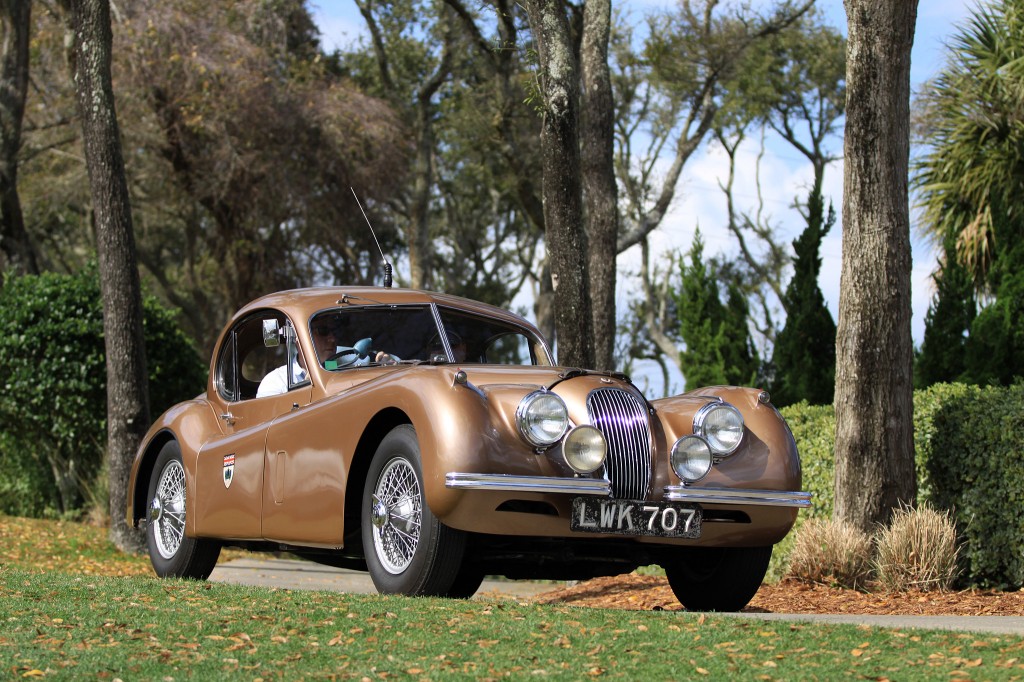
In August of 1952 this specially-prepared car was taken to Montlhéry near Paris and driven for seven days and nights at an average speed of 100.32 miles per hour. There were four drivers: Stirling Moss, Jack Fairman, Bert Hadley and Leslie Johnson.
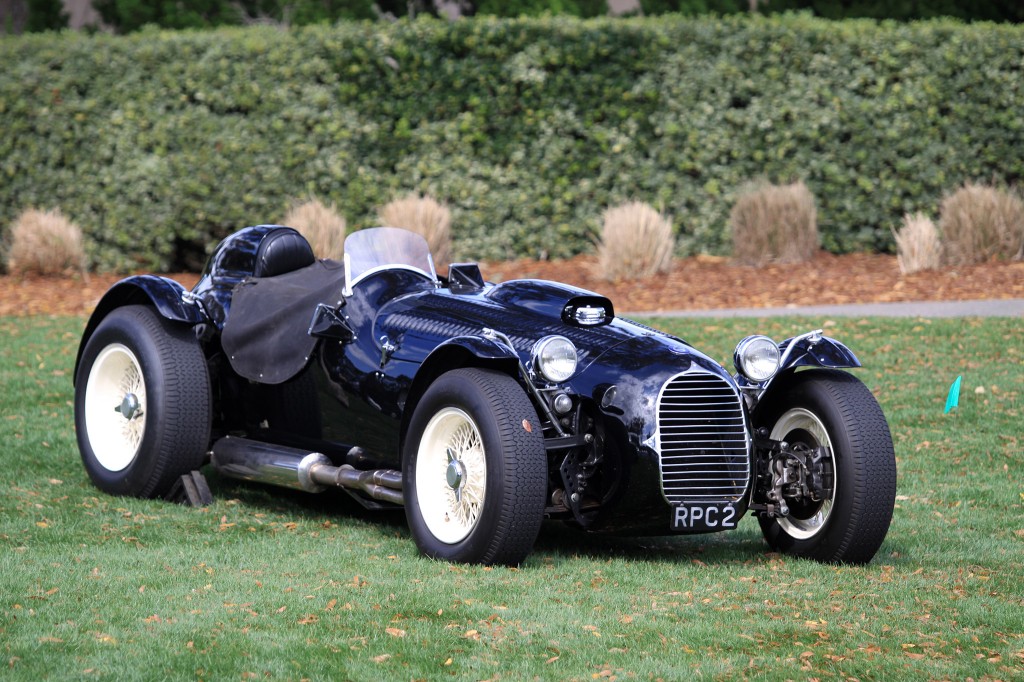
This 1950 HWM Formula 2 works car, raced by Stirling Moss, Johnny Ches and Rudi Fischer, won Grand Prix des Fronti’res. It was crashed by Stirling Moss in the Naples Grand Prix. It was sold on by HWM in 1955 cycle-winged sports car and starred in the Hollywood film “The Racers” driven by Kirk Douglas. It was completely rebuilt in 1955 as “The Stovebolt Special” by Seattle racer Tom Carstens with #V8 Chevrolet small-block. It was the first sports racing car to use this engine. It ran in the last Pebble Beach Road Race in 1956 and driven by Bill Pollack. After a long United States racing career, it was I bought and rebuilt by United Kingdom car journalist and commen- 1 I tator Simon Taylor, who raced it in the United Kingdom, France, the United States and Australia. Simon also drives the car on the road to all its events. The car is road legal. It is small, light and has over 600 bhp per ton, which makes for a devastating road car.
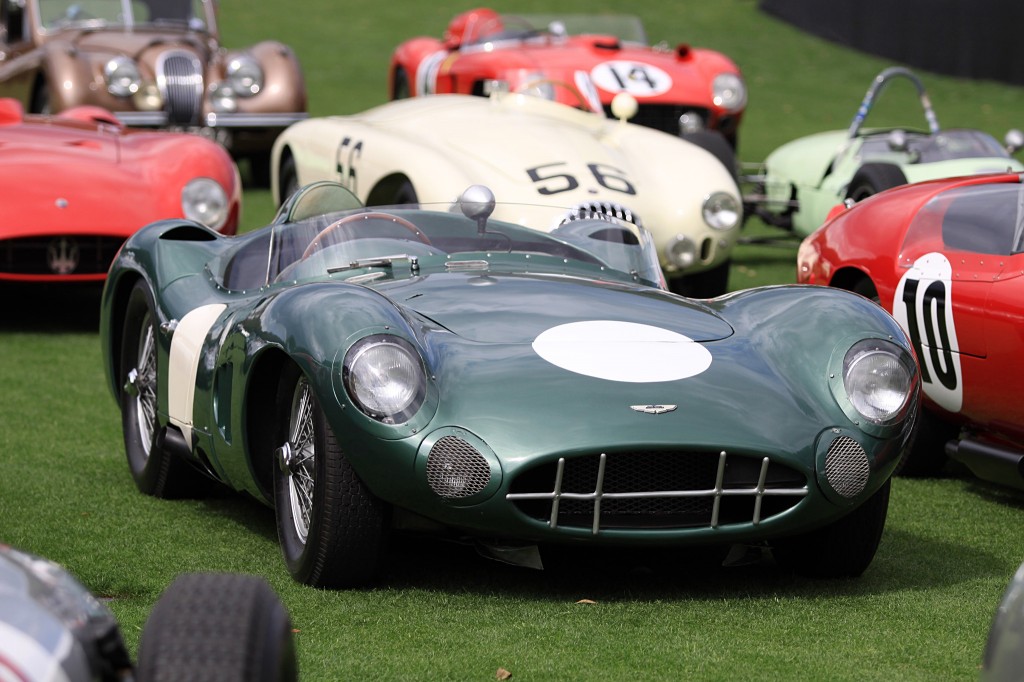
At the 1958 Targa Florio this vehicle retired with gearbox failure. At the 1958 Nurburgring Stirling Moss and Jack Brabham won the event. It was retired at the 1958 Le Mans. At the 1958 Tourist Trophy it finished third driven by Shelby, Lewis and Evans. It retired at the 1959 Tourist Trophy. In 1960 the car was sold to Border Reivers. Jim Clark drove the car at Goodwood, Oulton Park and the Nurburgring. It finished third at Le Mans in 1 11960 driven by Clark. At Le Mans in 1961 it was again driven bv Clark and was retired.
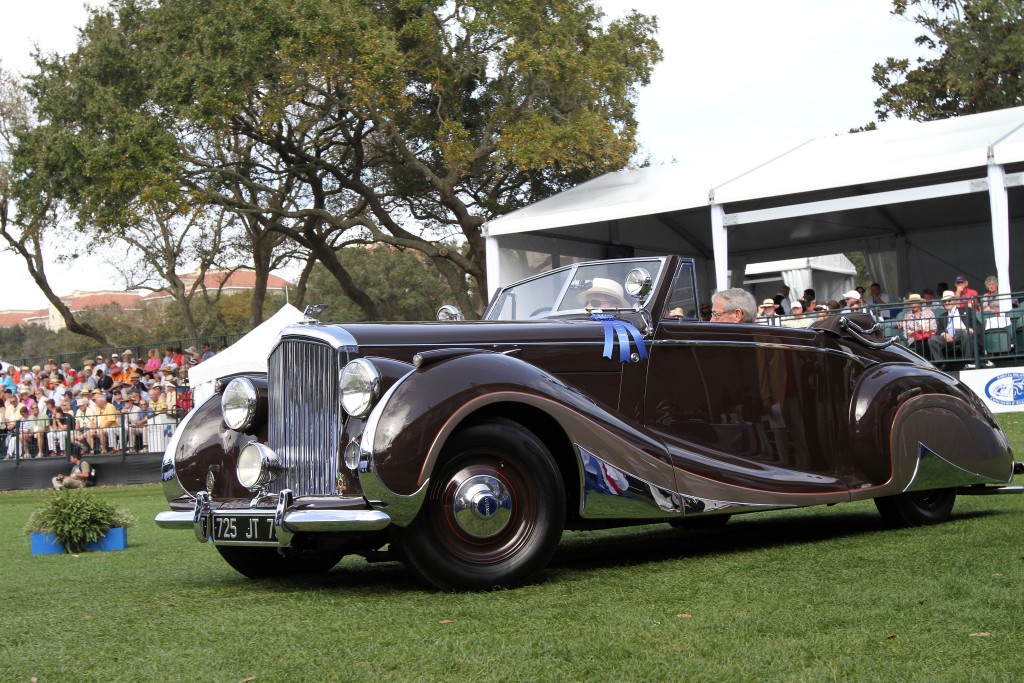
The second of two rakish dropheads, each unique in appearance, built by the highest quality French coachbuilder Franay Freres. It is on one of the finest chassis of the time, the Mark VI Bentley, and this example was constructed in 1947 to the order of A. J. Liechti of Switzerland. It was part of a significant Rolls-Royce and Bentley collection for many years before being acquired by the gentleman who commissioned the striking restoration presented here today.
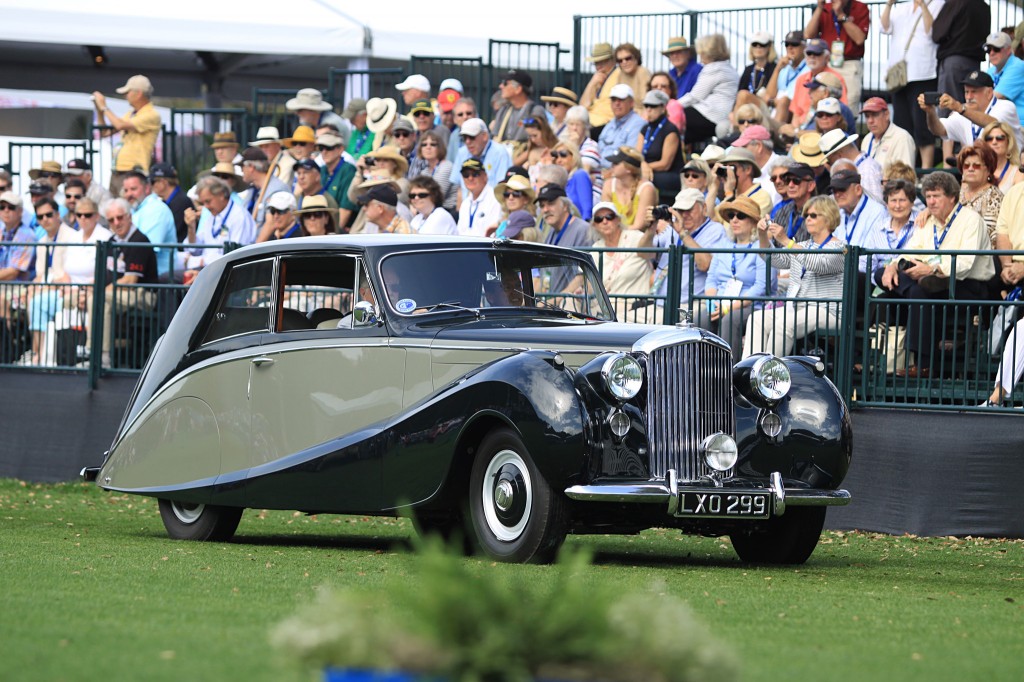
This Mark IV chassis was supplied to Hooper & Company on June 29, 1950 and was fitted with a stylist 2-door body incorporating the swooping lines of the ‘‘Empress” style more often seen on 4-door sedans and limousines. Factory records indicate it was the last of three bodies to this design. A maximum of two have survived as one was wrecked and the body shell transplanted to a Silver Dawn by the late Tomas Solley. It was fitted with license no. LX0.299 and supplied to the order of S.D.B. Montgomery. Mr. Montgomery specified Continental Touring it as high speed motoring in France was ntended. The faithful restoration incorporates those features. There is a long chair of enthusiastic owners and in 1953 included Captain W. S. Grant whose distillery business produced Glenlivet, the single malt whiskey licensed in Scotland. Martin E. Button of California was the most recent owner prior to the current owner.

This Daimler is one of the rarest models produced by the Coventry works as the 48 hp four-cylinder sleeve valve engine was only produced for the last few months of 1908. Only a few of the large four-cylinder cars were made with this car being one of the earliest models produced and is thought to be the experimental car as the engine is denoted with “X” in several places. This being the only remaining 48 hp Daimler is due to the careful preservation efforts of the Bradshaw Family, of England, from 1937 to 1979 and David Ryder Richardson, of England, from 1979 to 1997. Due to their efforts it remained active in VSCC events from the first hill climb in 1937 to countless events and films through 1997.
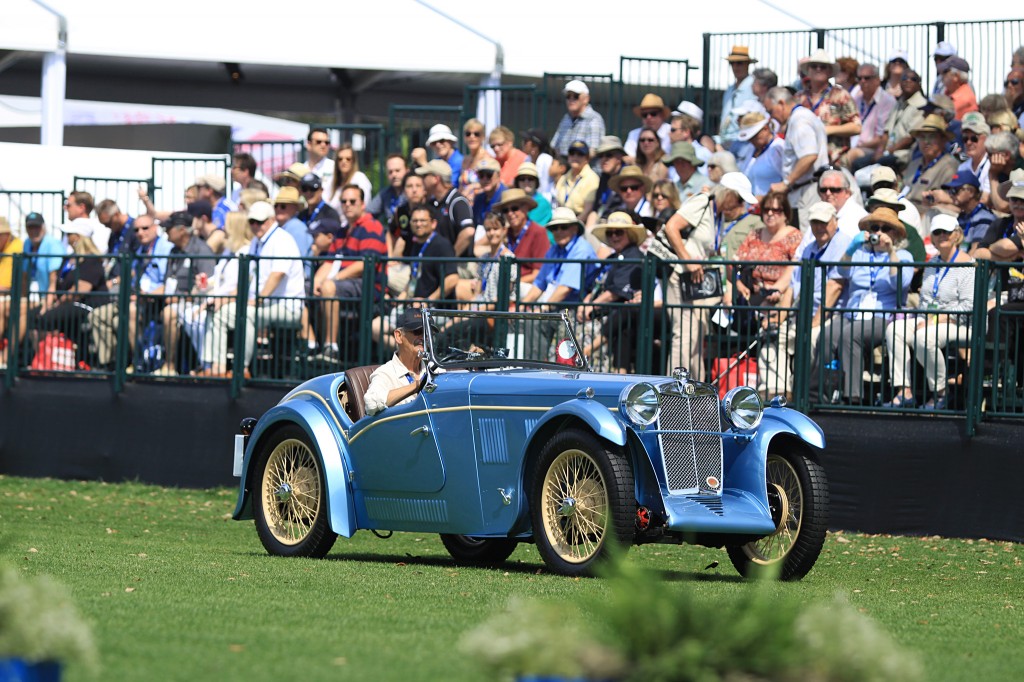
Stiles of London made 30 of these custom aluminum Stiles Special Threesome bodies for the 1932 FI Magna chassis. Five original body/chassis combinations exist. This car is the only example in North America. The body was designed by Frederick Stiles who was the British Concessionaire and Racing Team Manager for Alfa Romeo between 1927 and 1931. James Young was the coachbuilder. According to Dr. Rachel Geogina Evans, the daughter of the original owner Dr. Frankis Tilney Evans, the car was a gift to her mother on her birthday in 1932. The car is restored to the original colors selected by the Evans family in 1932 – Ocean blue metallic body with beige wheels, brake drums, chassis and belt line with the two tone color scheme.
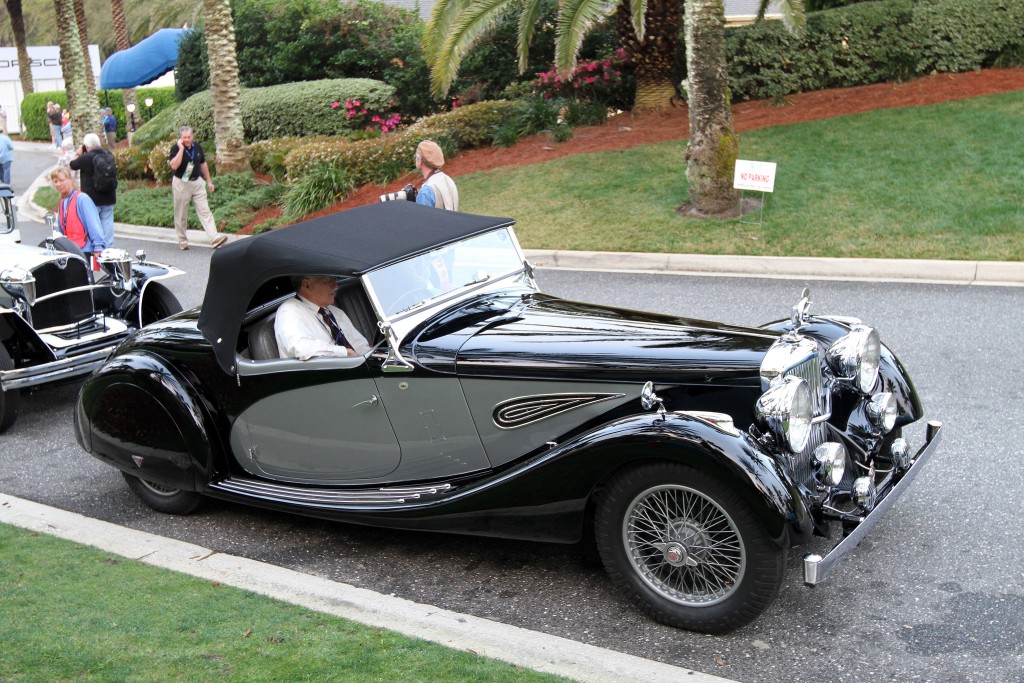
This car features a one-off body by Offord. The design includes a disappearing top and a spare carried in the boot. The body has been refinished in the original colors.
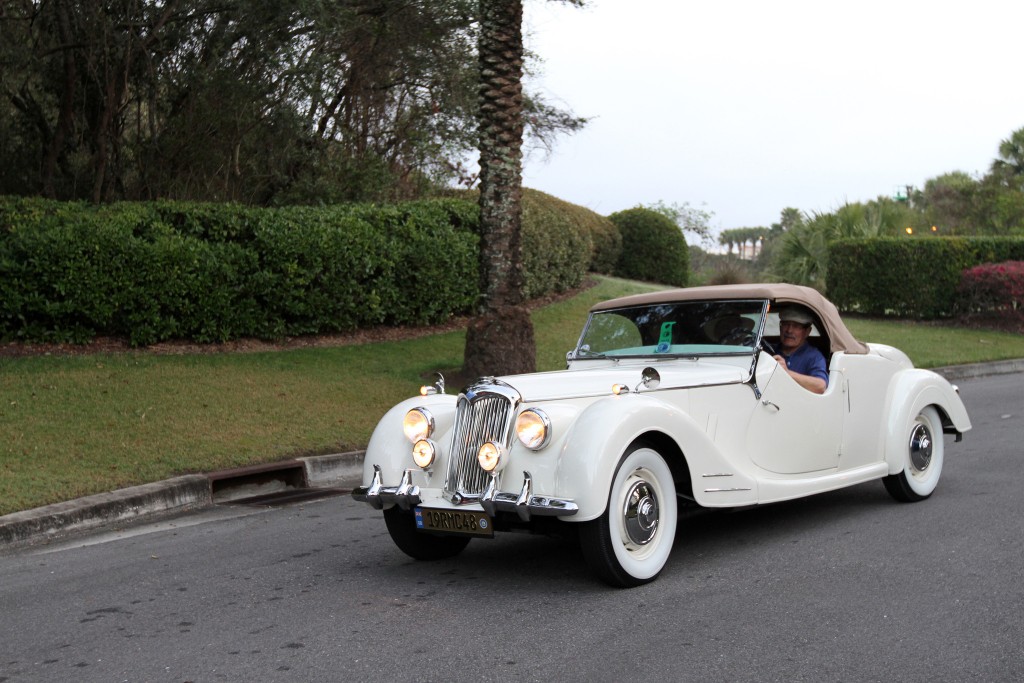
Of the 474 Riley Roadsters produced, only 50 crossed the Atlantic, with 11 of those hound for Canada. Modiftcations crafted with American needs in mind included 1′ larger hoot, a huge 20 gallon gas tank, wrap around bumpers and four over riders.
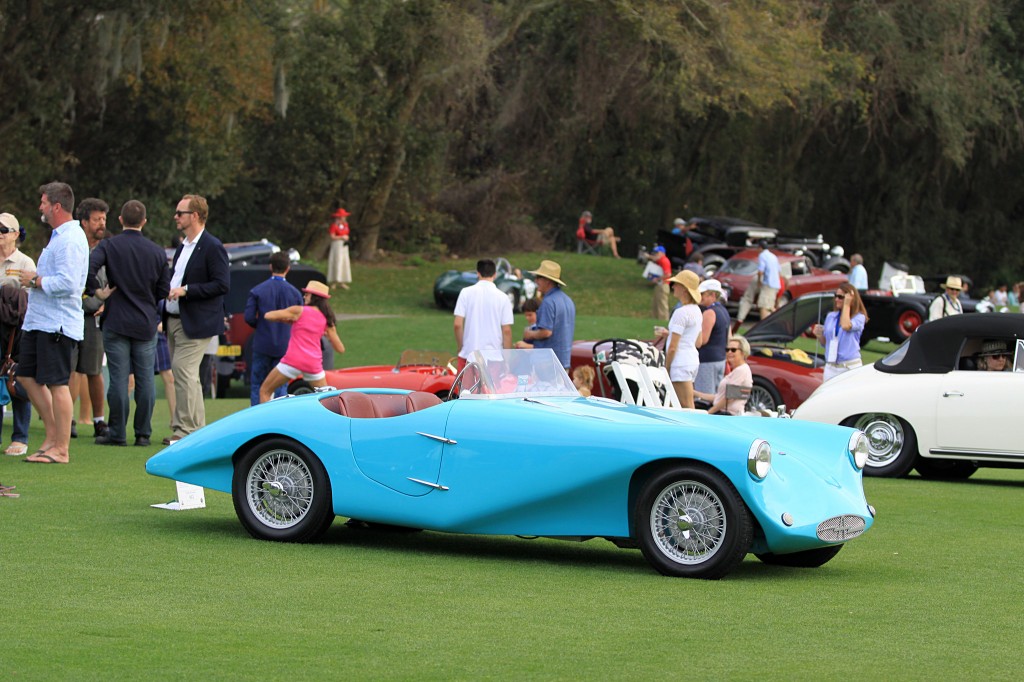
The Arnott is a special and unique racecar. Daphne Arnott was born into a motorsport family and joined the family business in 1948 and by 1951 had created a special department to design and manufacture 500 cc F3 cars with the assistance of works manager, George Thornton. In 1953, the little company created a streamlined F3 special. In 1955, Daphne assembled a team to compete in the Le Mans 24 Hour race and a new two-seater, open topped Sportscar was created especially for the event. Daphne Arnott is an important figure in British race history as she appears to the world’s first and only woman race car manufacturer. She was an innovative force in race cars having Le Mans entries in 1955 and 1957. She was one of the earliest manufacturers to utilize the then-space aged technology known as fiberglass. This example carries its original fiberglass body and one of the first 1098 cc Coventry Climax FWA engines. This vehicle participated in six hill climbs in 1956 and 1957.
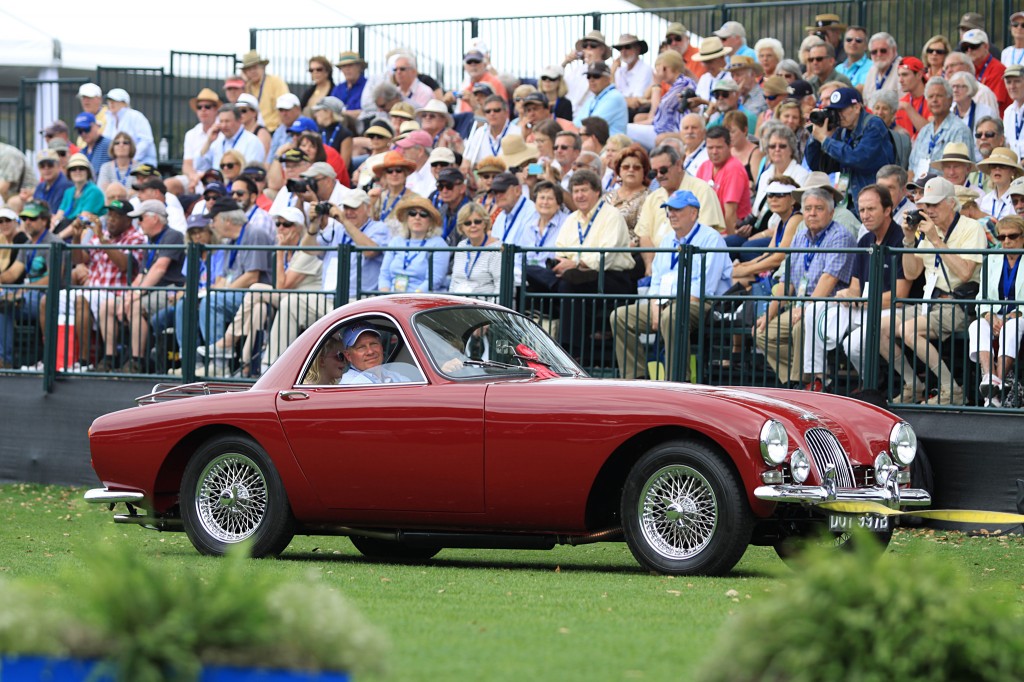
In the 1960s less than 20 of Morgan’s plus four chassis were sent to E.B. Staffs Ltd in England to be bodied into a dramatic coupe. Although the design remains uncredited, it was a very nice design both inside and out.
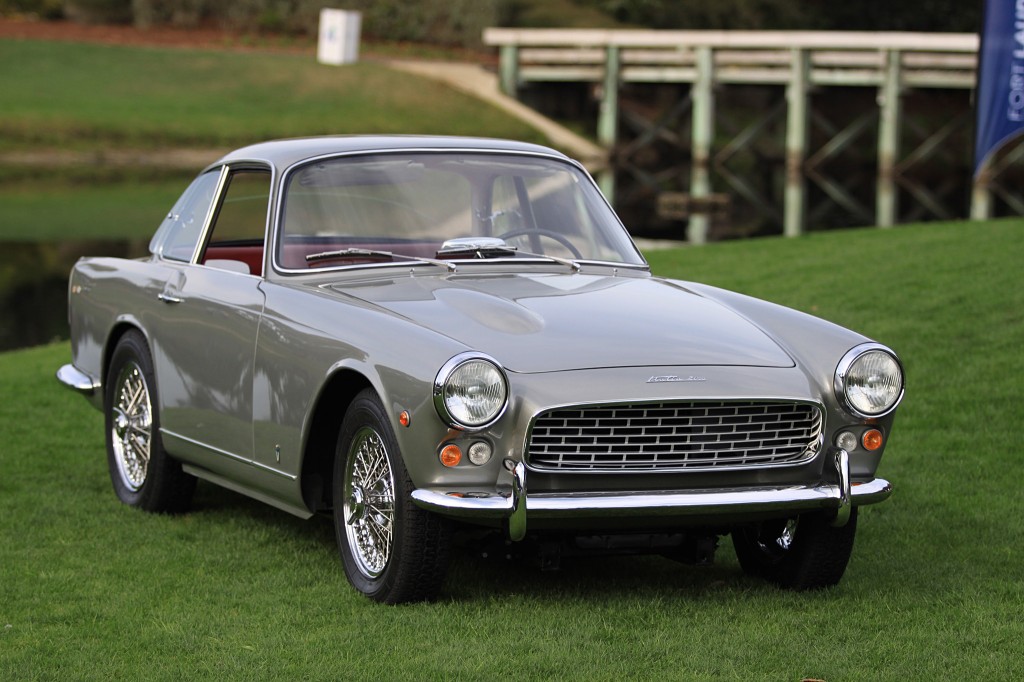
1960 Triumph Italia 2000 Vignale #122, recently restored by Ragtops and Roadsters & Pollock Auto Restoration.
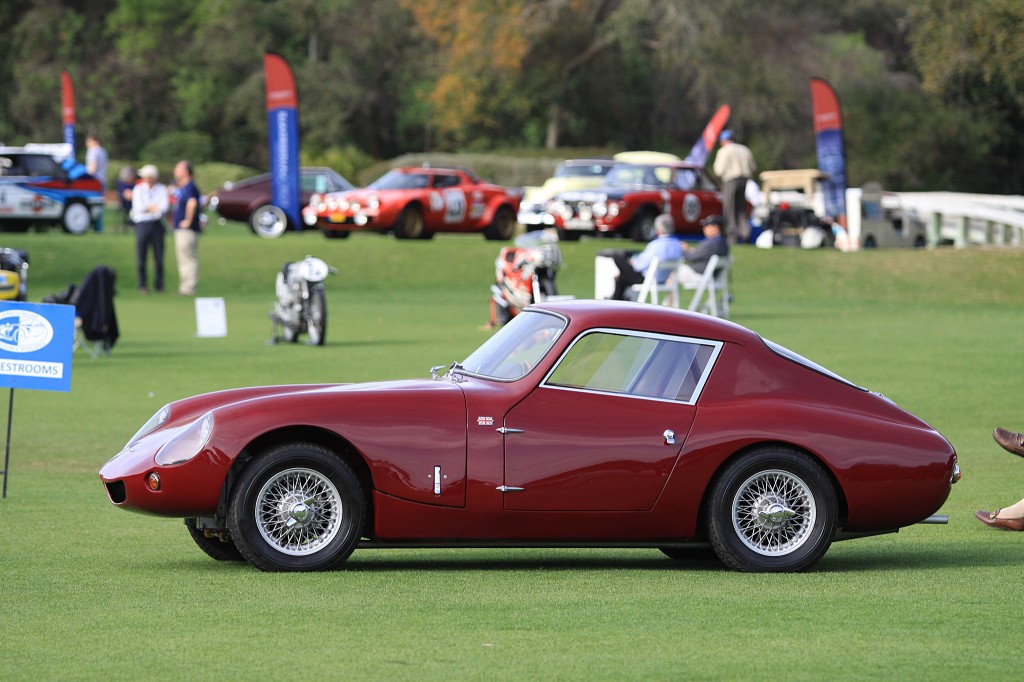
The WSM Sprite was originally conceived by Douglas Wilson-Spratt as a Bugeye Sprite with a streamlined fiberglass body. In 2012 this car was built as a Sanction II model by the Spratt family utilizing an original 1964 Sprite donor car.
